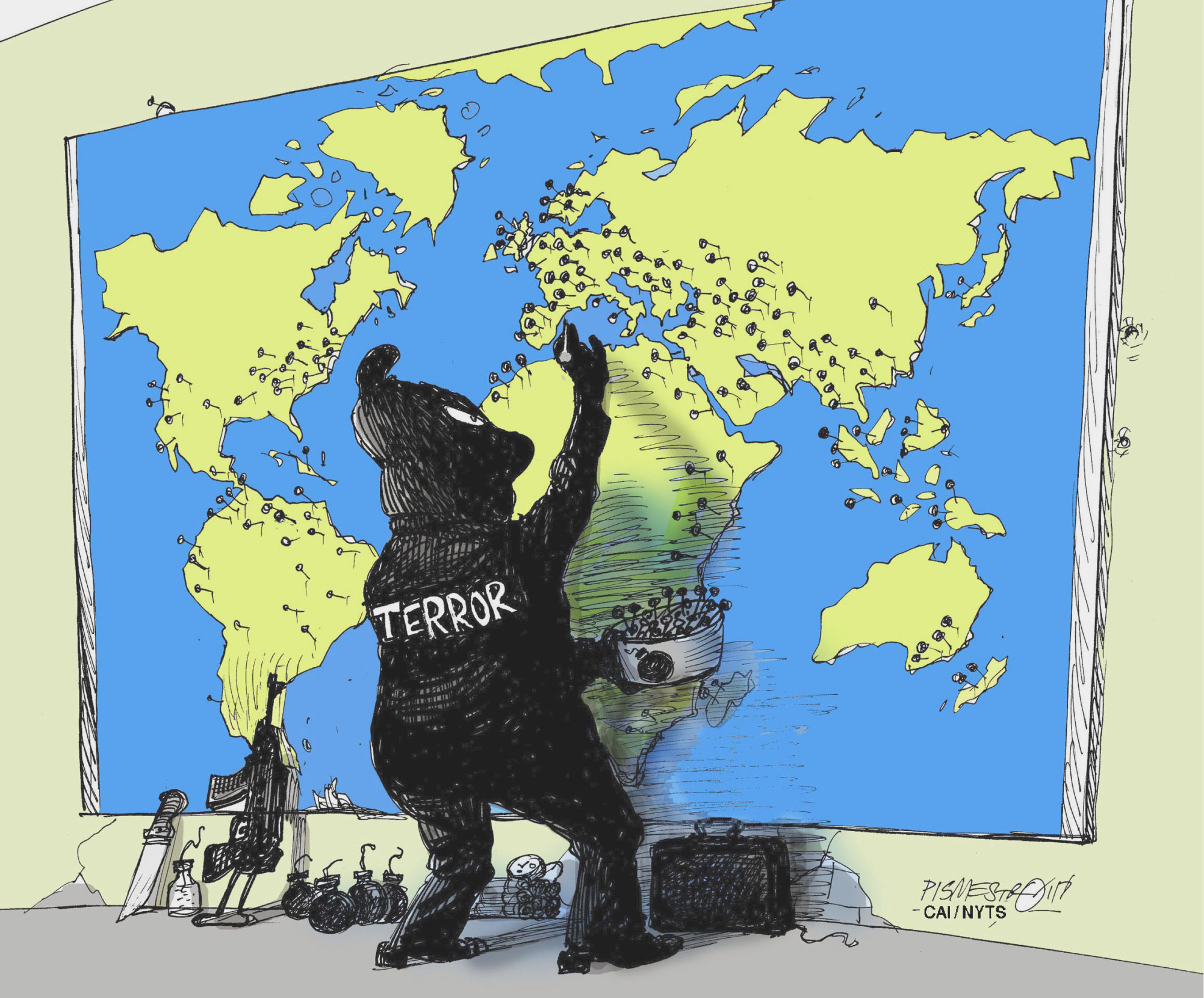Until the other day, few Americans could likely find Sri Lanka on a map, nor even dimly remember its British colonial name, Ceylon. But the Indian Ocean nation flashed across news screens over Easter weekend with a highly sophisticated and lethal series of bombings across the island nation of some 20 million. The attacks were probably inspired, encouraged and possibly assisted by the so-called Islamic State, and — on a population adjusted basis — amounted to a 9/11-level attack on a multicultural and multireligious state, killing more than 320 people thus far across nine sites with hundreds more injured.
The attacks were conducted with suicide bombers and improvised explosive devices, executed at a level that seems far beyond the capabilities of the Sri Lankan radical Islamic splinter group Nations Thawahid Jaman that has claimed responsibility. Previously, the group had specialized in comparatively benign defacement of Buddhist statues (70 percent of Sri Lankans are Buddhists). The idea that this organization could suddenly plan and conduct a nationwide, precisely timed series of nine bombings seems highly unlikely. Thus suspicion grows that IS was involved at an operational level — a modus operandi associated with their increasing globalization.
Welcome to Terrorism 3.0. A way to think about the evolution of global terrorism is a bit like new computer software releases — improving over the decades. Terrorism 1.0 in the modern era was in the 1980s — the Red Brigades of Italy, the Baader-Meinhof gang of Germany, Sendero Luminoso of Peru and the Palestinian Liberation Organization, among others. They were disconnected and nationally focused by and large. Terrorism 2.0 emerged after the fall of the Berlin Wall, and is embodied by the rise of radical groups including al-Qaida, Al-Shabab, Boko Haram — essentially regional groups with sporadic international reach. In Terrorism 3.0, we see IS — a globally dispersed, highly lethal, financially capable, deeply innovative organization. While the West has been able to compress its occupation of territory, effectively knocking it out of a geographical caliphate in Iraq and Syria, it has morphed into an internet-based organization that continues to conduct highly sophisticated attacks and establish cells across the globe.

















With your current subscription plan you can comment on stories. However, before writing your first comment, please create a display name in the Profile section of your subscriber account page.